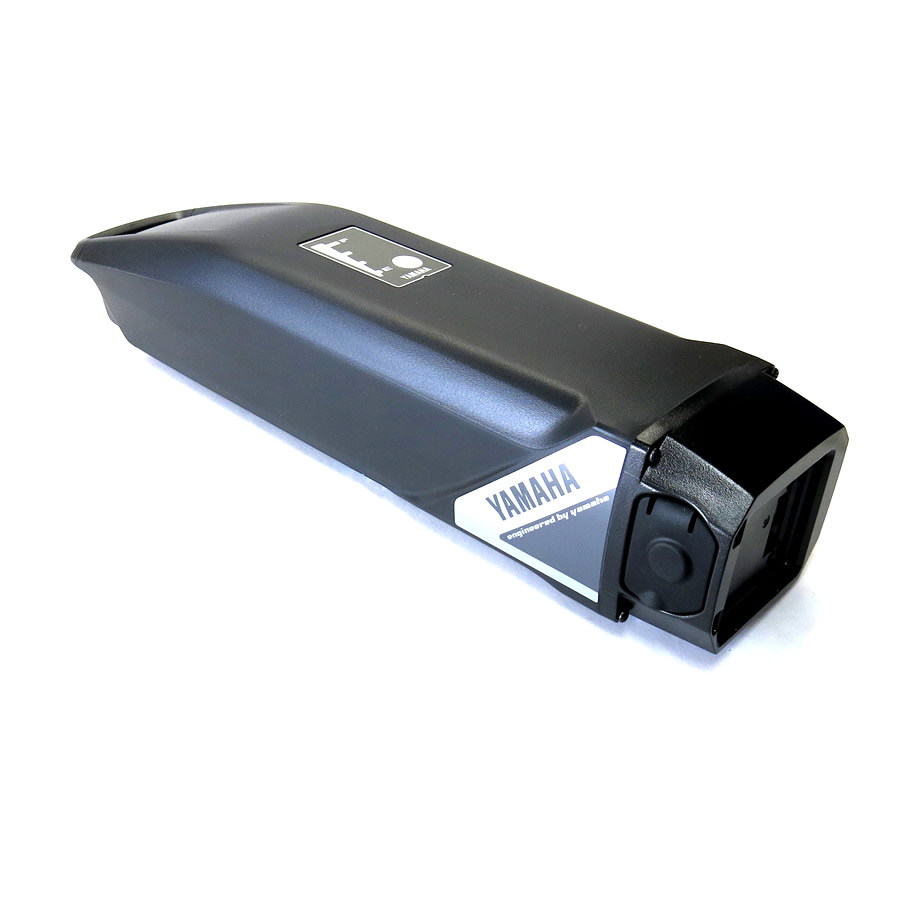lenajc
New Member
I know the answer may be variable depending on the bike and parts, but generally speaking, how long can you expect an e-bike to last? Assuming you get one with a Bosch, Brose or Yamaha motor (the kind available on Trek, Specialized, Electra and Giant bikes), how long can you reasonable expect to keep that bike, with whatever the general maintenance is, before needing to replace it? 5 years? I guess the battery might need replacement first. I don't know how much that costs, maybe $500? Just some questions I had before I refine how much I am willing to shell out for my first e-bike. Thanks.



